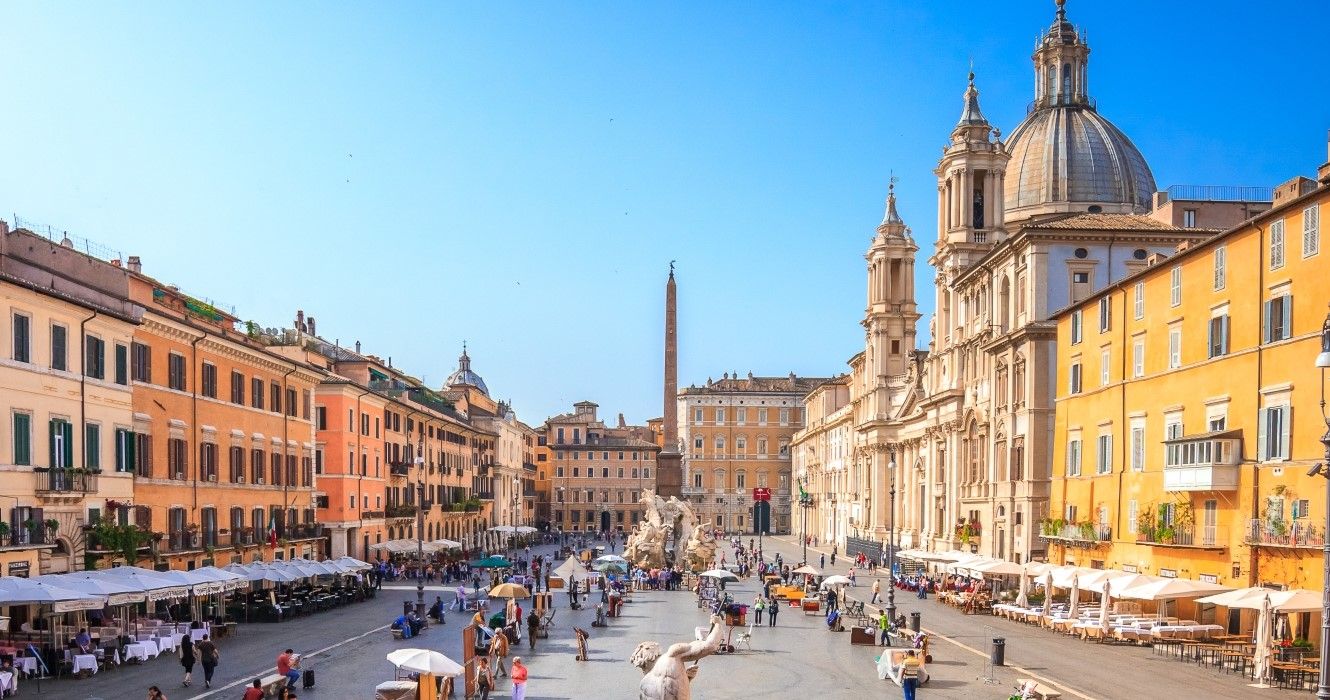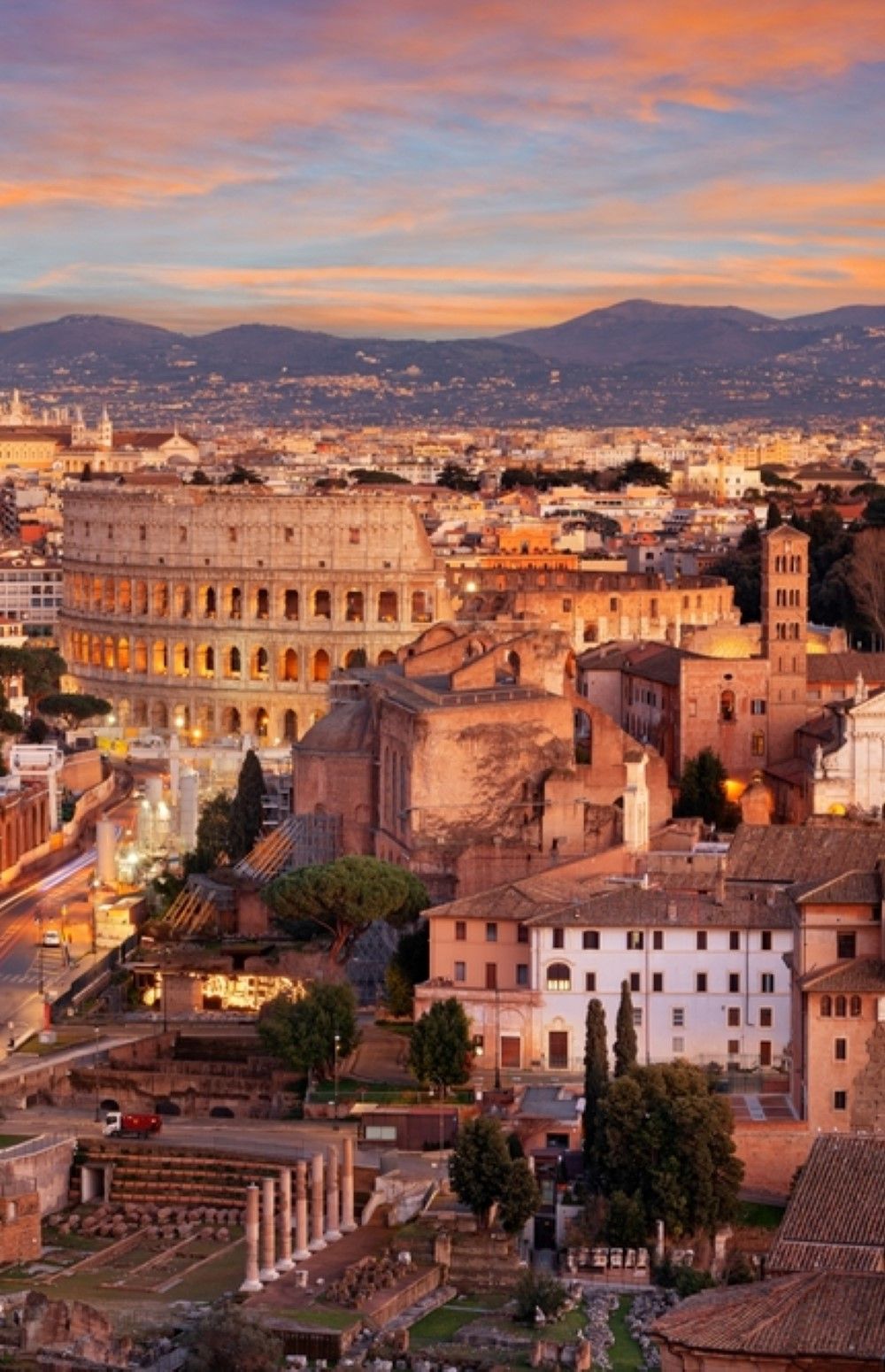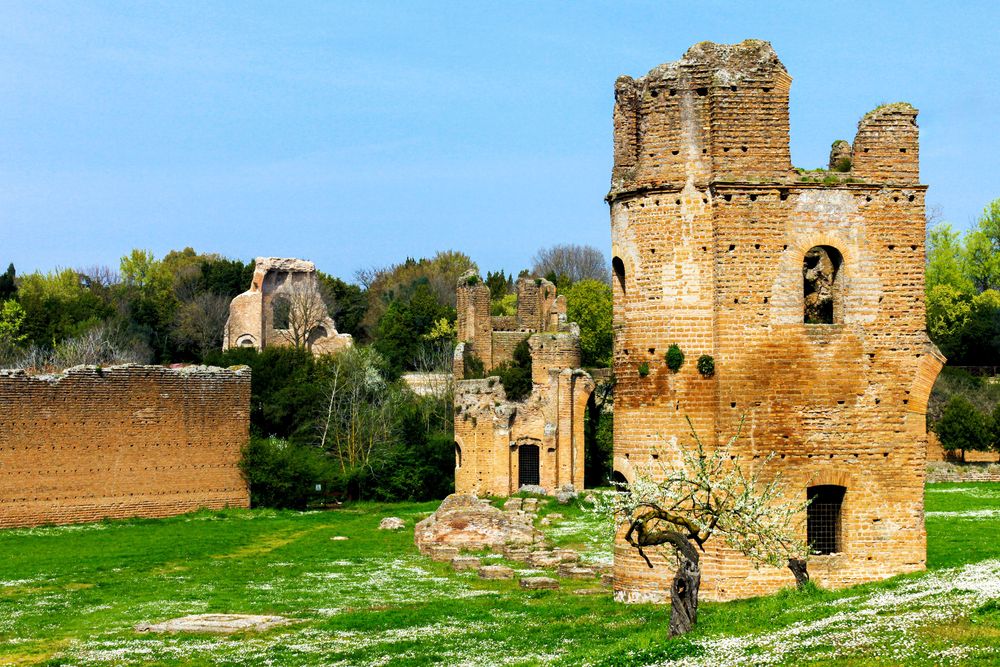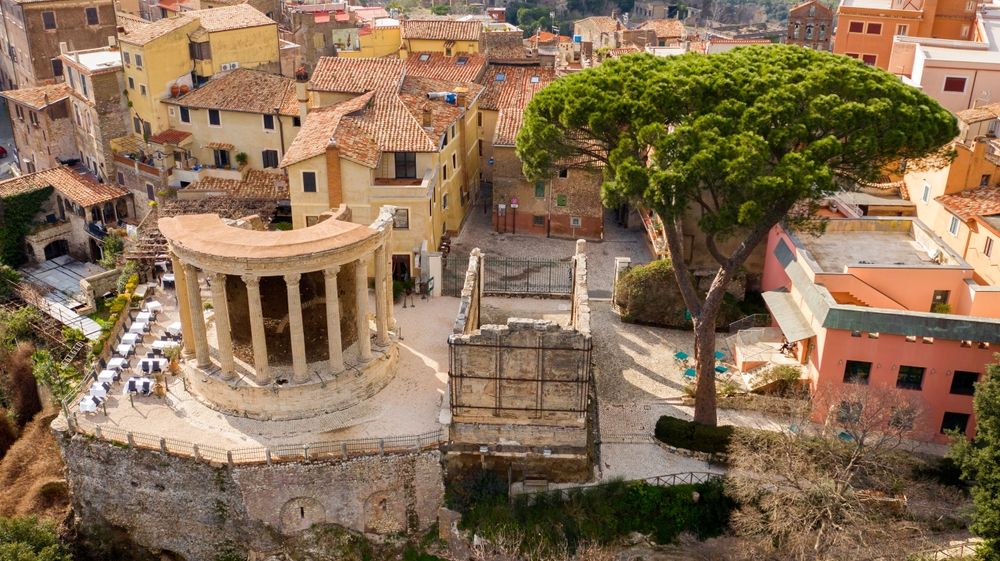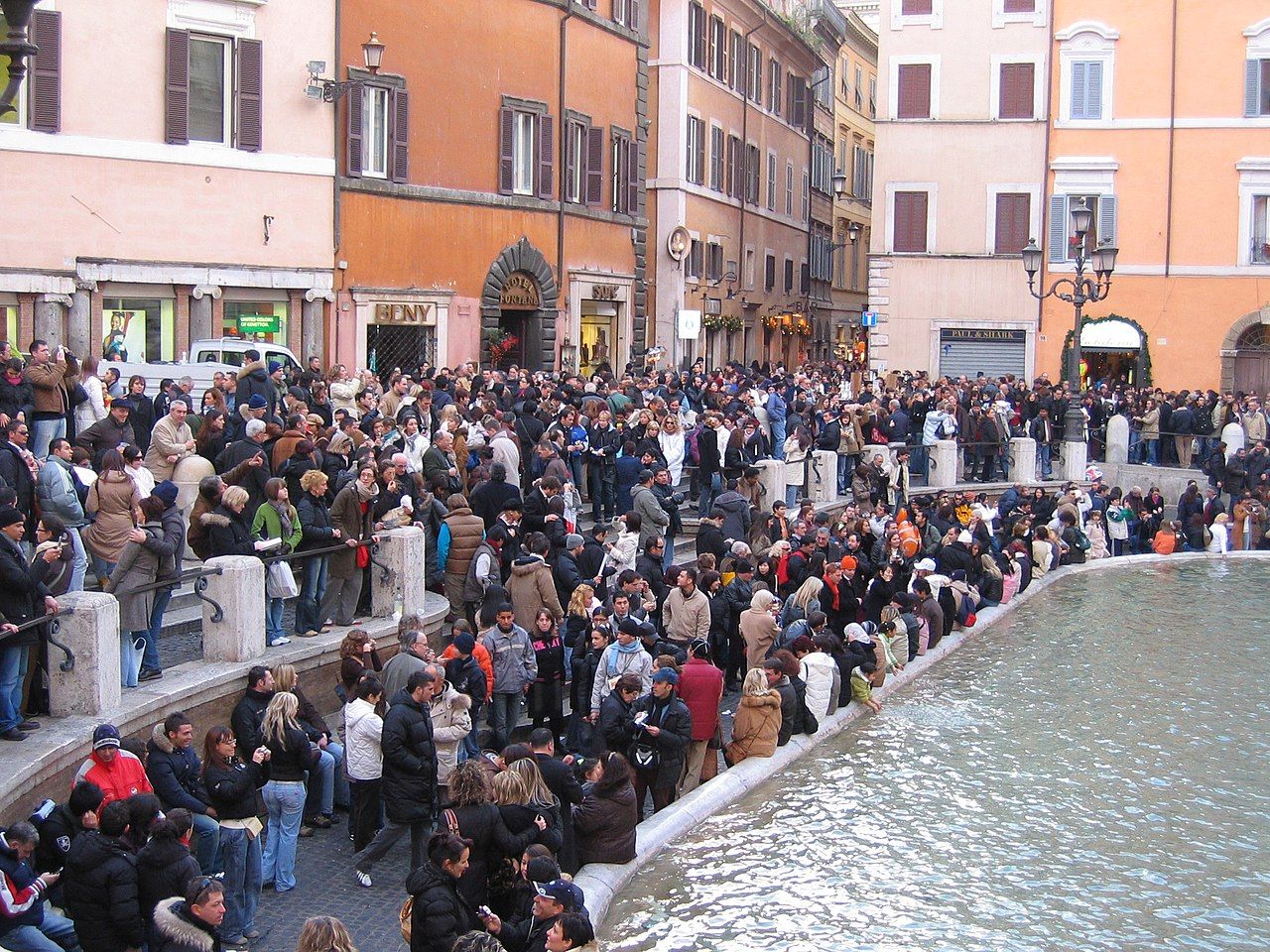Read update
- Rome Continues To Dazzle Tourists
Summary
- Rome, known as the Eternal City, has a rich historical heritage that has been preserved through the ages and has its own enduring culture.
- Rome is filled with ancient attractions and artwork, making the city feel trapped in time and best preserved in Europe.
- Rome serves as a gateway to the rest of Italy, with its central location and popularity attracting visitors who then explore other regions of the country.
While Paris is the City of Lights and Los Angeles is the City of Angels, Rome has a nickname that dates back more than two thousand years: The Eternal City. Though the original moniker alluded to the strength of the empire—something that is no longer relevant in our modern society—there is an element of truth to the idea of Rome being an everlasting place. Perhaps, with a rich historical heritage that’s been preserved over the ages and the growth of its own hard-wearing culture, Rome really is eternal.
UPDATE: 2023/10/20 18:19 EST BY NOAH STAATS
Rome Continues To Dazzle Tourists
This article has been refreshed with new information regarding a trip to Rome, Italy, and when the best time to come here is. From ancient streets to rich folklore, Rome is quintessential Italy and the perfect European destination.

10 Scenic Road Trips In Italy And Their Best Stops
Discover Italy's breathtaking landscapes on these 10 scenic road trips. From the Amalfi Coast to Tuscany, explore the best stops along the way.The History Behind The Epithet
- The story of Rome is often thanks to a pair of twins abandoned on the Banks of the River Tiber.
- Their names were Romulus and Remus (according to folklore).
The story of Rome begins with a pair of twins who were abandoned on the banks of the River Tiber. Their names would go on to echo throughout history: Romulus and Remus. Suckled by a she-wolf, the boys eventually grew up and came to disagree about the site of the city they would find together. Romulus won the argument, killing his brother and naming his city after himself.
The epithet of ‘The Eternal City’ or La Città Eterna, as Italians know it, is thought by scholars to have originally been used in the first century by the poet Tibullus. The idea of Rome as an everlasting city came about due to the strength and power of the empire in ancient times. For citizens who witnessed the empire stretch across Europe and parts of Africa, it seemed incomprehensible that Rome could possibly have an end.
Romans believed that their city was the peak of the world, and their views were backed up by other prominent poets who began using the title in their own work. Fast-forward to our modern era, and the name still hasn’t lost its touch. Though the days of the Roman Empire are long gone, the city itself really does seem eternal, even after all these centuries.
Touring 'Sin City' sites where ancient Pompeii once was might also be worth it.
Time Stands Still In Rome
- Much of Rome is filled with ancient attractions and artwork.
- The city feels trapped in time, often being best preserved in Europe.
When you visit Rome, there’s a sense of time standing still. No matter how much the world outside seems to advance, there are parts of Rome that will always stay the same. Perhaps the idea of Rome being eternal still sticks because the great examples of art and architecture from the ancient world have lasted into the modern age. The preservation of the city’s greatest sights makes Rome itself feel endless.
No trip to Rome is complete without a tour of the most famous landmarks, some of which have been standing since the days of Tibullus. One of the world’s most popular destinations, Rome boasts sights that are crawling with tourists, but they’re still worth seeing.
It should come as no surprise that one of the must-see attractions is the Colosseum, the most famous relic from the Flavian Dynasty that dates back to approximately 70 A.D. Take a guided tour of the building during either the day or night to learn about its fascinating history.
Located nearby the Colosseum is another reminder of the formidable heritage of Rome: the Roman Forum. The plaza situated in the center of the city features several remains from prominent buildings that once stood in Ancient Rome.
Those interested in the ancient history of Rome will also want to visit the Pantheon. Once a Roman temple, the church stands on the site of another temple that had its roots in the reign of Augustus. While most of Rome has no doubt progressed with the rest of the world, it’s easy to stand in buildings like the Pantheon and feel as though you’ve been transported back two thousand years.
It isn’t just ancient history that is preserved through Roman landmarks; many of the buildings and works of art serve as a reminder of Rome during later periods, such as the Renaissance. The Vatican Museums are a haven for Renaissance artworks, while the Sistine Chapel displays Michelangelo’s ‘Last Judgment.’ In the world-famous chapel, you’ll also find work by other great Renaissance artists such as Sandro Botticelli, Cosimo Rosselli, and Pietro Perugino.
The Gateway To Italy
- Rome is considered the gateway to Italy, often being a first experience for visitors.
- It has the perfect, centralized location for those wanting to see the country.
Rome is by no means the only city in Italy that deserves praise. But you could argue that due to its central location and worldwide popularity, it serves as a gateway of sorts to the rest of the country. Many foreign travelers first fall in love with Italy’s other treasures after heeding the alluring call of Rome.
Every region in Italy is unique when it comes to culture, food, history, and even language. You can’t get a feel for the whole of Italy by visiting Rome, and some would argue that mass tourism has even made the city inauthentic to the Italian experience. But with its vast history and position on the world stage, Rome has developed its own culture—one that will stand the test of time.
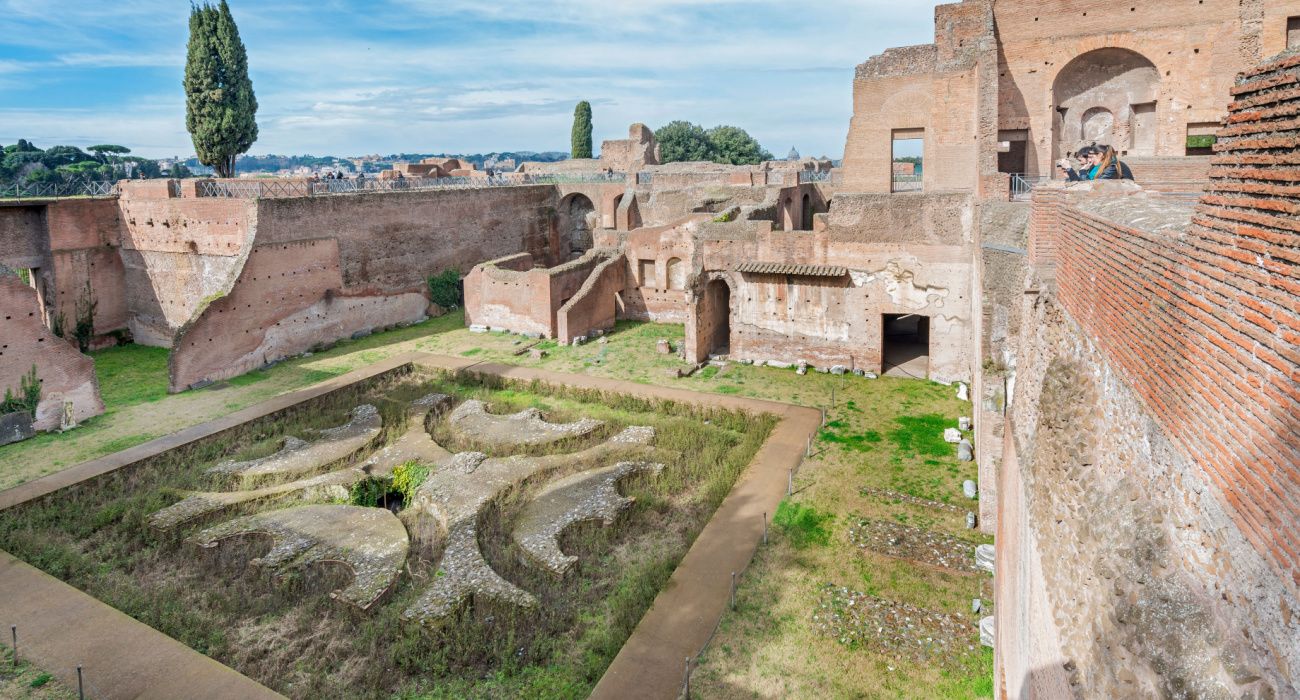
Tour The House Of Augustus (The Ancient Home Of The Powerful Roman Emperor)
The House of Augustus was the first imperial palace built on the Palatine Hill of Rome and visitors can still see its ruins.Best Time To Visit Rome, Italy
- Best Time To Visit: Between October and April (fall, winter, spring)
Between October to April, Rome comes alive, boasting stunning weather and friendly faces. The fall has long been a favorite time for Europe, specifically Rome, and is even sometimes cheaper than the summer. Fewer tourists will be in the city towards the holidays, as well as heading into the spring.
Italy has many cities perfect for digital nomads, which is another idea to consider.
Even though we recommend a jacket in Rome in the fall and winter, it won't be any colder than the 30s most times. It rarely freezes in Italy and remains pleasant throughout the year.

